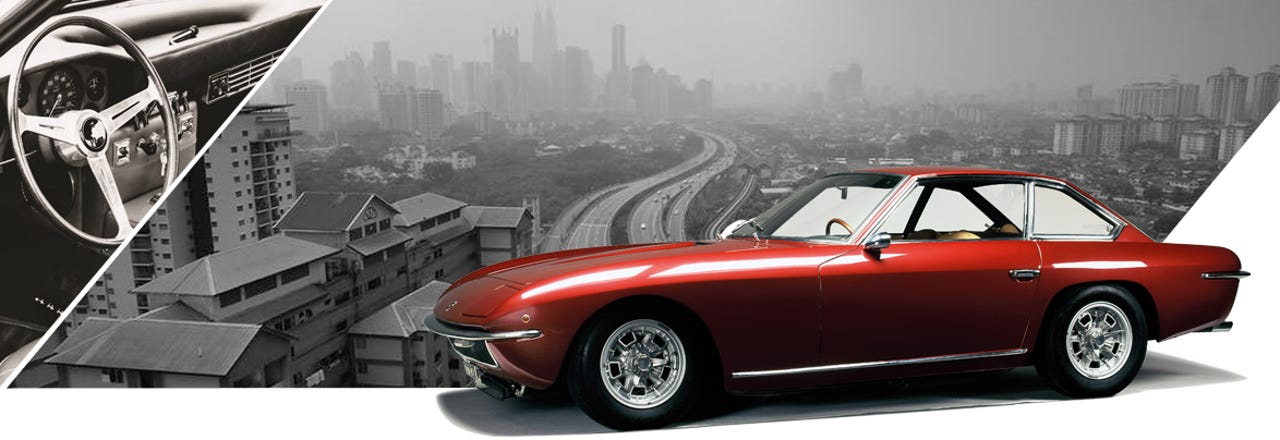Luxury on a blockchain: How Lamborghini is authenticating heritage vehicles


Lamborghini Islero
Automobili Lamborghini has been providing luxury vehicles to the elite for over 55 years. While a typical sports car can cost in the ballpark of $200,000, a heritage vehicle can easily go for over $500,000. As a result, the process of selling a heritage Lamborghini is treated like the sale of a high-end piece of art.
When a Lamborghini is resold, the vehicle often goes through 800 to 1,000 certification checks that take place at the Lamborghini headquarters in Sant'Agata Bolognese, Italy.
Conducting these thorough inspections require Lamborghini technicians to work with a massive network of resources such as photographers, auction houses, dealerships, repair shops, newspapers, magazines, and other media sources to curate the full history, and most importantly verify all of the parts and service, of each unique vehicle.
This gruelling process, said Lamborghini head of after-sales Paolo Gabrielli, led Lamborghini to leverage Salesforce Blockchain to create a trust network between these distributed partners, enabling Lamborghini to authenticate each heritage vehicle faster and more securely than before.
The project is known as Lamborghini Sicura and is aimed at protecting the car as a work of art.
Gabrielli argues the organisation has been at the forefront of innovation in the automotive market since its founding, noting that Salesforce Blockchain allows Lamborghini to take its innovation a step further.
Speaking at Dreamforce 2019 in San Francisco, Gabrielli walked his audience through the process of selling a second-hand Lamborghini.
"We are able to offer to our heritage customers a full service … we pick up the car, we secure the car, we completely inspect and restore the car, we certify the car, and we ship the car to the final customer," Gabrielli explained.
"Blockchain is creating trust. It is completely integrated inside the platform."
He said the main aim is to guarantee the authenticity of the car, having an immutable record of which parts of the car are original, and which parts are authentic replacement parts -- as well as which parts, if any, are after-market.
"We want to preserve the car," Gabrielli said. "The history of the car is now preserved in the blockchain."
With Salesforce Blockchain, Gabrielli said Lamborghini is digitising its authentication process by creating a trust network among technicians, repair shops, dealerships, and others that are involved in the process.
Arguing that blockchain will extend the value of Lamborghini's luxury heritage cars even further, Gabrielli said each vehicle will come with an immutable record of service, which also holds information on the likes of restoration and prior ownership.
Additionally, because all authentication checks are managed by Lamborghini and its trusted partner network, Gabrielli said each car is armed against potential counterfeiting. The plan is to scale Sicura globally, to dealerships, auction houses, and logistics companies.
The first Lamborghini certified by the blockchain platform is the Aventador S by Skyler Grey, which was purchased by an art collector.
Salesforce announced its enterprise blockchain platform in May.
Salesforce Blockchain is built on open-source blockchain technology from Hyperledger Sawtooth and aims to allow customers to manage blockchain workflows, contracts, and apps without code.
Salesforce Blockchain is distributed, meaning there is no sole owner of the data stored within. There's a shared copy that everyone has access to, and every player in the network has agreed to the data and can see a copy of that data. Any change is visible to all network participants.
According to Salesforce, Arizona State University, IQVIA, and S&P Global Ratings are also using Salesforce Blockchain. Arizona State is using the platform to store academic records.